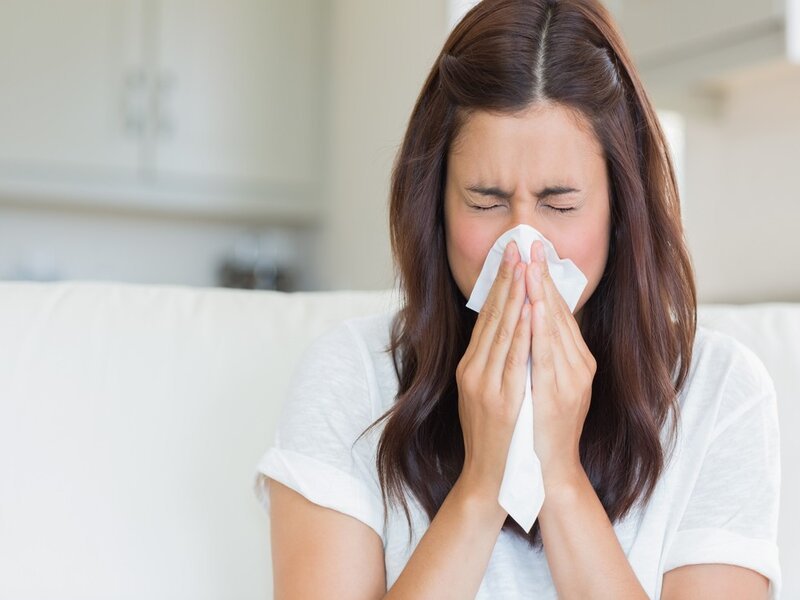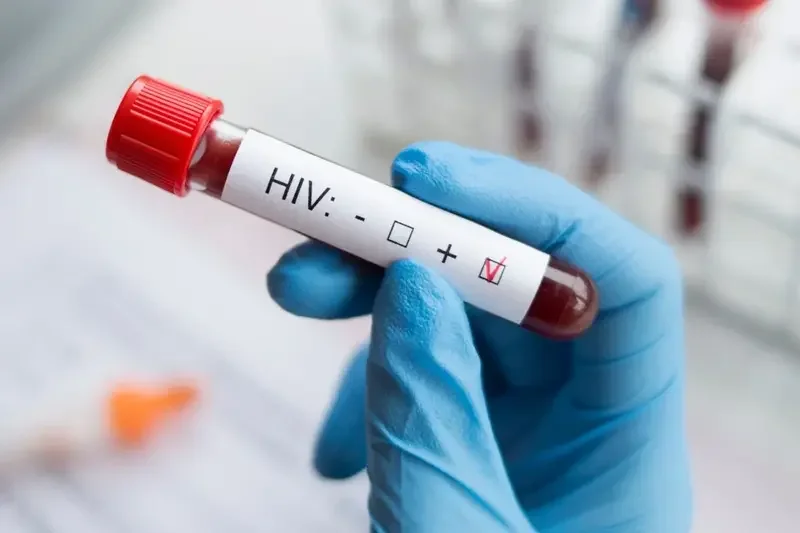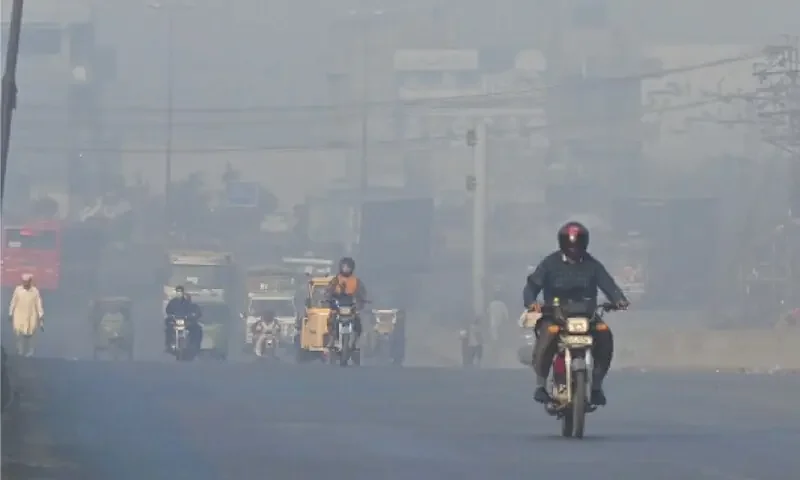Suppressing a sneeze might seem like a polite or harmless reflex, but doing so can lead to serious health risks. When a sneeze is held in, the powerful air pressure meant to exit through the nose and mouth is instead forced back into the body. This redirected pressure can cause internal damage, including ruptured blood vessels in the eyes, nasal passages, or even in rare cases, the brain. The force behind a suppressed sneeze is far greater than a normal breath, sometimes reaching pressures over 20 times stronger than a typical exhale. This extreme internal force has the potential to rupture eardrums, tear soft tissue in the throat, or, in very rare situations, contribute to a collapsed lung. For individuals with cardiovascular conditions, the sudden spike in internal pressure can also strain the heart and circulatory system. Sneezing serves a critical purpose in the body’s immune response. It’s a natural mechanism designed to clear the respiratory tract of irritants, allergens, and pathogens. Preventing this process doesn’t just create physical risks—it can also trap harmful particles inside the body, increasing the likelihood of infection. Allowing a sneeze to happen safely, preferably into a tissue or the elbow, supports both personal health and hygiene. Though suppressing it may seem like a small act of control or social courtesy, it can lead to consequences that far outweigh the momentary disruption. Letting the body follow its natural response helps maintain respiratory health and prevents avoidable injuries.

































